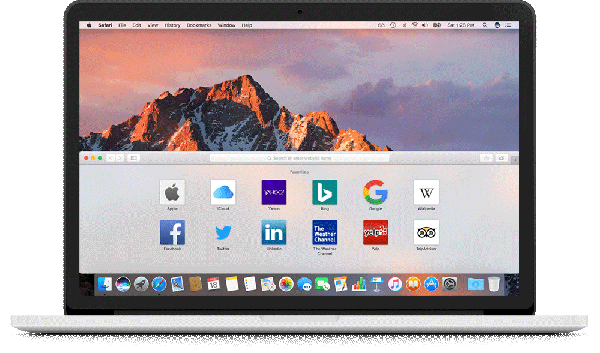
I’ve been a huge fan of Extensis since long before Mac OS X. In particular, their font manager, Suitcase Fusion, has been one of only two tools I consider mission critical beyond the essential Adobe apps I use.
The recently released Suitcase Fusion 8 doesn’t turn font management on its ear like version 5, 6 and 7 did—but it does greatly improve the experience for designers in lots of little ways.
What’s new:
Extensis completely revamped the user interface of Suitcase Fusion. It’s much more consistent and looks right at home in macOS High Sierra. Gone is the third sidebar that cramped the main window. To replace some of the features found in that sidebar, Extensis added a more contextual pop-up right at the font location in the window. The pop-up allows you to view info about the font, a preview of the font, available glyphs and QuickMatch info (which searches your entire library of fonts for similar looking fonts). (more…)











